Handbook of Medicinal Plants of Europe
Contents: 1. Cultivation of medicinal plants in Europe. 2. Medicinal plants of Portugal. 3. Medicinal Plants of Italy. 4. Medicinal plants of France. 5. Medicinal plants of Germany.
Many Greek and Roman writings on medicine, as on other subjects, were preserved by hand copying of manuscripts in monasteries. The monasteries thus tended to become local centres of medical knowledge, and their herb gardens provided the raw materials for simple treatment of common disorders. At the same time, folk medicine in the home and village continued uninterrupted, supporting numerous wandering and settled herbalists. Among these were the “wise- women", who prescribed herbal remedies often along with spells and enchantments. It was not until the late Middle Ages that women who were knowledgeable in herb lore became the targets of the witch hysteria. Medical schools known as Bimaristan began to appear from the 9th century in the medieval Islamic World among Persians and Arabs, which was generally more advanced than medieval Europe at the time. Herbals, medical texts and translations of the classics of antiquity filtered in from east and west. Muslim botanists and Muslim physicians significantly expanded on the earlier knowledge of material medica. This book covers all the aspects of this subject. It is hoped, the book will be found to be of immense value to the students of this subject. Coloured photographs of medicinal plants found in the area is an added attraction of the book.
Get it now and save 10%
BECOME A MEMBER

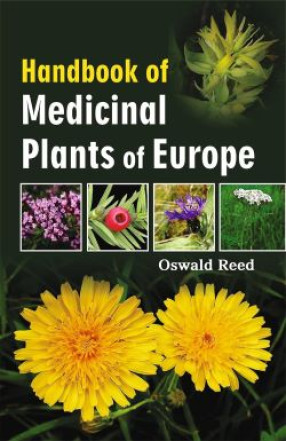
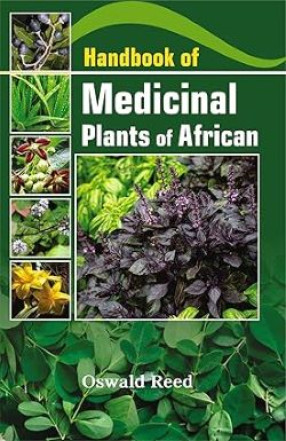
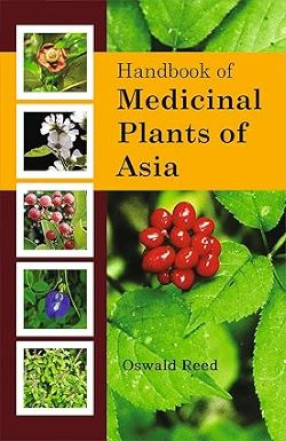
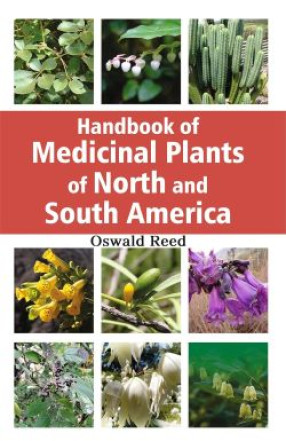
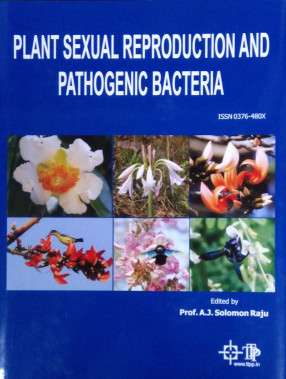
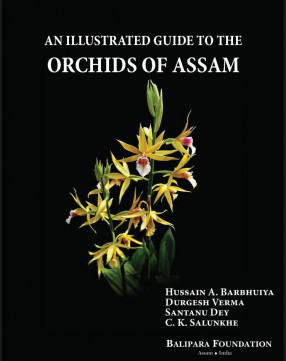
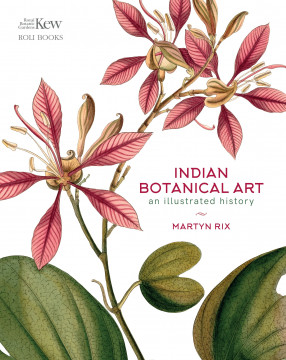
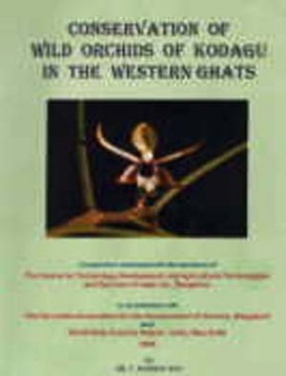

Bibliographic information
Tags